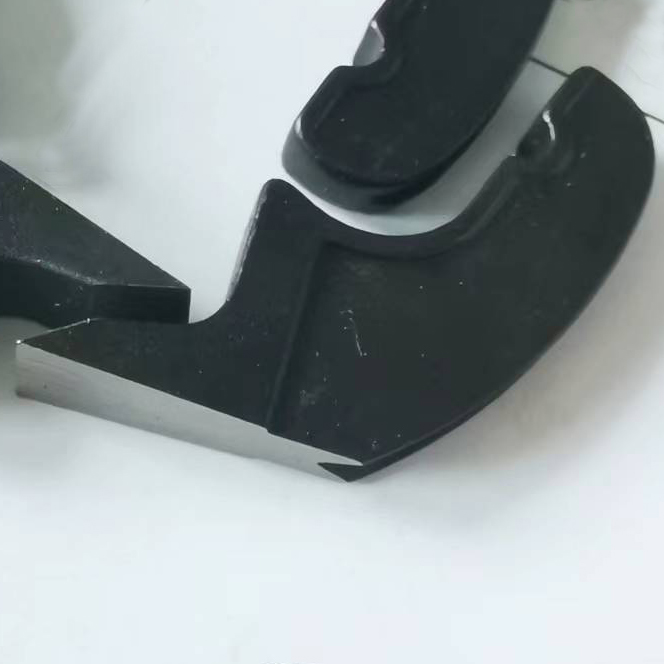Saw Blade Tooth
The cutting power of a saw blade lies in its teeth. Each tooth is designed to efficiently slice through various materials, from wood and plastic to metal and concrete. In this article, we delve into the intricacies of the saw blade tooth, exploring its anatomy, types, and applications. Join us as we unravel the secrets behind this small yet crucial component of cutting tools.
II. Anatomy of a Saw Blade Tooth
A saw blade tooth consists of several key components that determine its cutting capabilities. The two primary elements are the gullet and the cutting edges. The gullet is the space between each tooth, allowing for the removal of sawdust or chips during the cutting process. The cutting edges, located at the tip of each tooth, do the actual slicing. These edges can be shaped in various ways, depending on the type of material the saw blade is intended to cut.
III. Types of Saw Blade Teeth
1. Rip-Cut Teeth: Designed for cutting along the grain of wood, rip-cut teeth have a relatively low tooth count per inch (TPI). They feature large, flat-topped teeth with a pronounced 90-degree angle. This configuration enables efficient cutting through wood fibers, ensuring smooth and accurate results.
2. Crosscut Teeth: Unlike rip-cut teeth, crosscut teeth are suitable for cutting across the grain of wood. They have a higher TPI, resulting in smaller, more numerous teeth. The shape of crosscut teeth varies widely, with some featuring alternating bevels to enhance cutting efficiency.
3. Carbide Teeth: Carbide-tipped saw blade teeth are specifically engineered for tackling tougher materials such as metal and masonry. Carbide is an incredibly hard and durable material, making these teeth highly resistant to wear and tear. They retain their sharpness for an extended period, providing precise and clean cuts.
4. Variable-Pitch Teeth: As the name suggests, saw blades with variable-pitch teeth have varying tooth spacing along the blade. This design helps reduce vibrations and noise during cutting, resulting in smoother operation. It also prevents the accumulation of pitch or resin, prolonging the life of the blade.
IV. Applications of Saw Blade Teeth
1. Woodworking: Saw blades with specific tooth configurations are crucial in woodworking. Rip-cut teeth excel at ripping boards to width, while crosscut teeth are ideal for making clean and precise cuts across wood grains. The choice of tooth type significantly affects the quality of the final product.
2. Metalworking: Saw blades with carbide teeth are essential tools for cutting through various metals. From aluminum and steel to stainless steel and cast iron, carbide teeth provide the necessary hardness to slice through these tough materials effortlessly. They are commonly used in construction, fabrication, and automotive industries.
3. Construction: Saw blades equipped with different tooth profiles are widely used in construction projects. Whether it’s cutting through concrete, brick, or asphalt, the right tooth configuration ensures efficient and accurate cuts, reducing time and effort on the job site.
The saw blade tooth is a critical element of cutting tools that enables efficient and precise cutting across a wide range of materials. Understanding the anatomy and various types of saw blade teeth allows professionals to choose the appropriate blade for their specific needs. From woodworking to metalworking and construction, the right tooth configuration significantly impacts the performance and quality of the cutting process. So, whether you’re a DIY enthusiast or a professional tradesperson, take the time to select the right saw blade tooth for your next project and experience the difference it can make.

